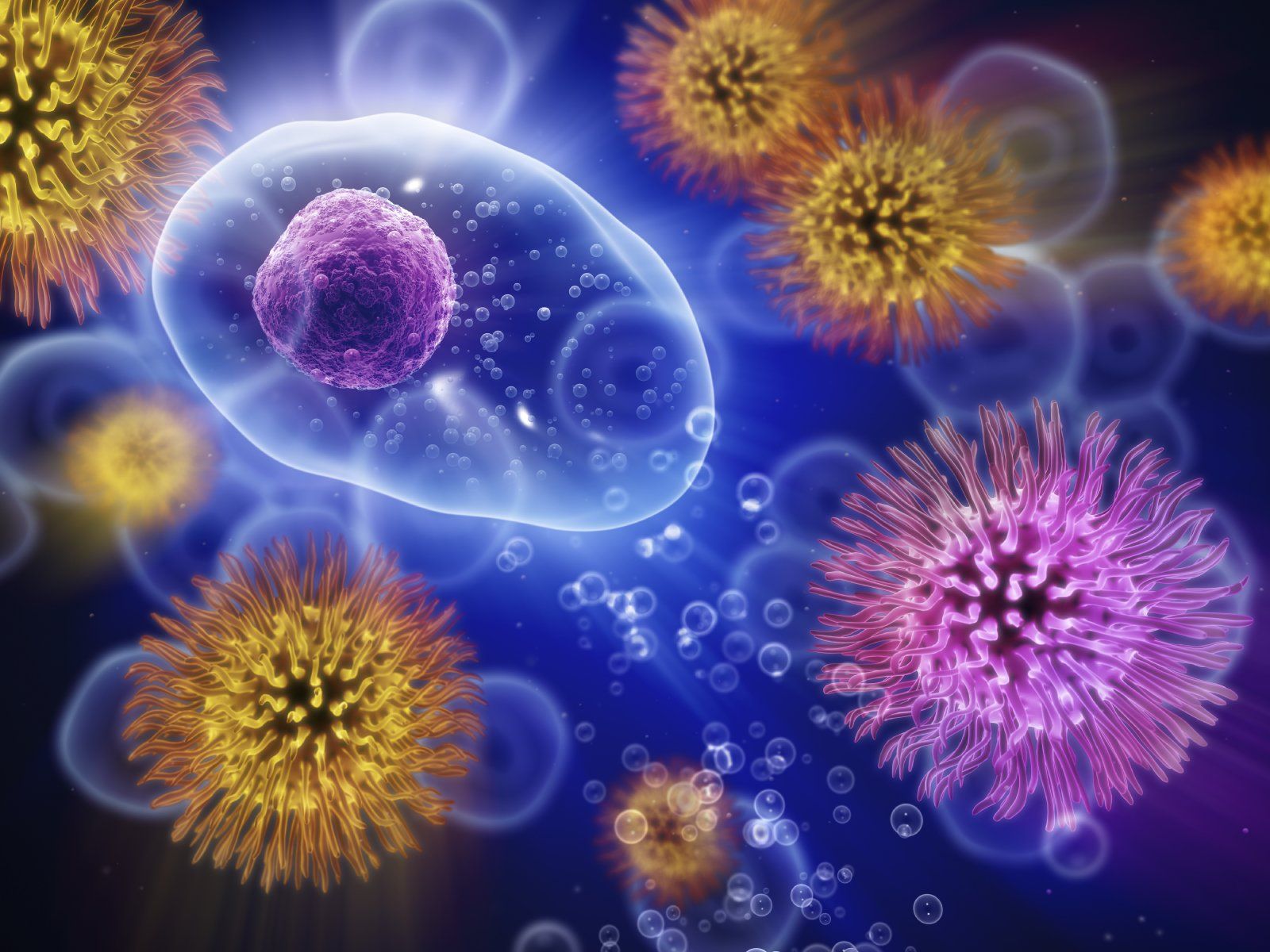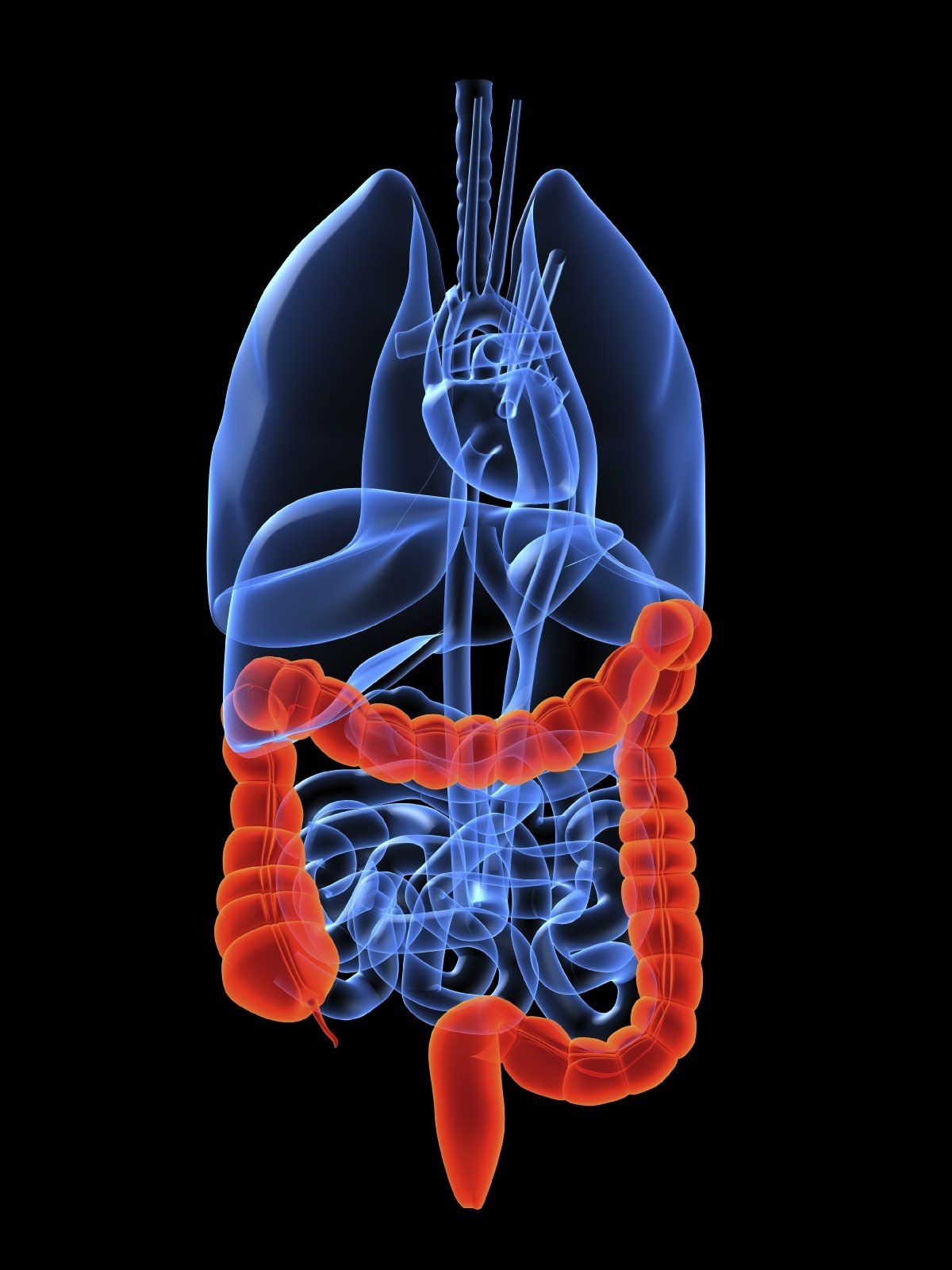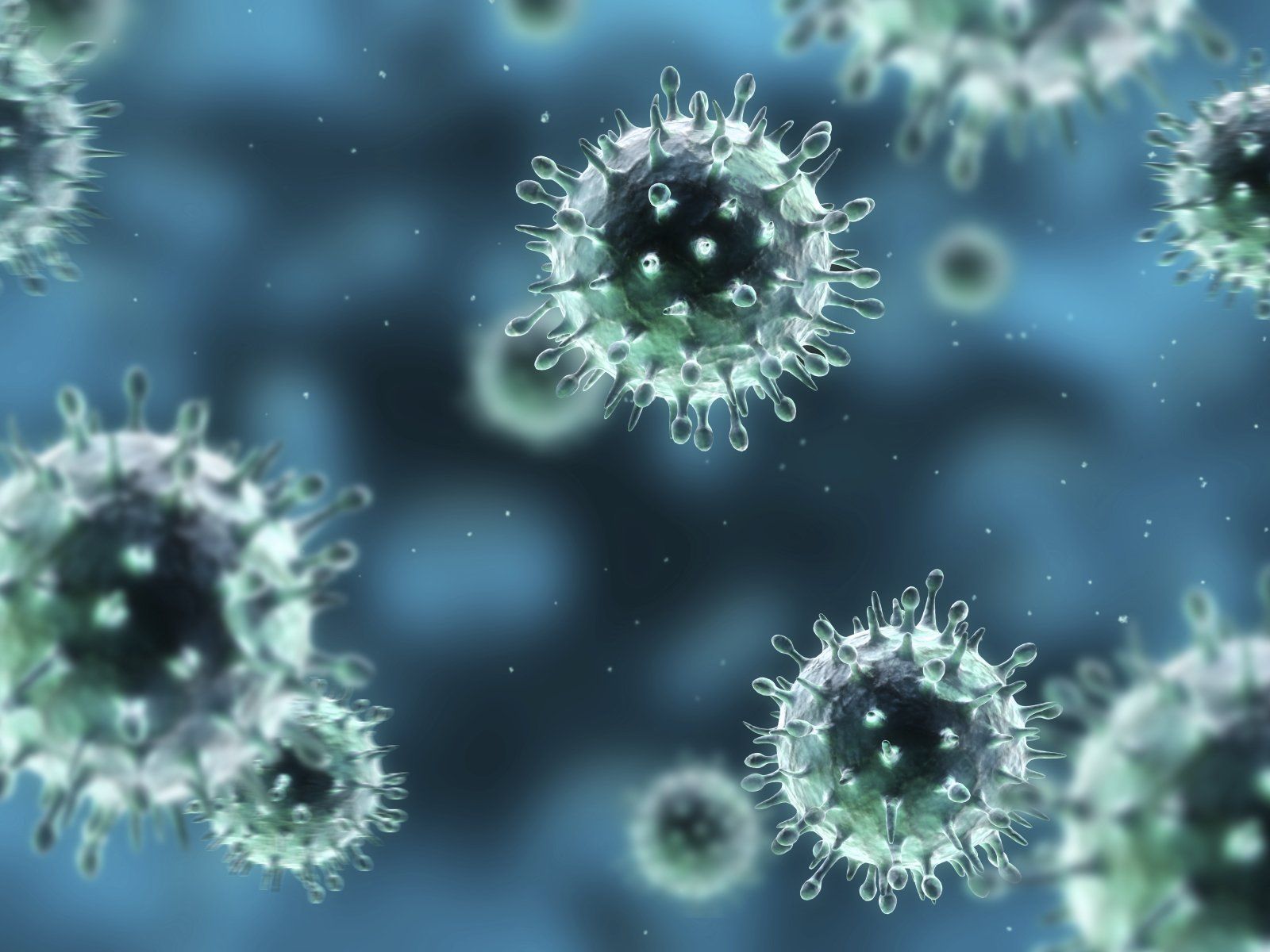3️⃣ IllnessThere are a thousand diseases...but only one healthL. Börne
HOW DOES A VACCINATION WORK?
There are very dangerous viruses and bacteria that can cause life-threatening diseases.
In order to protect yourself as best as possible against such diseases, there are vaccinations (e.g. measles). A vaccination not only protects the vaccinated person, but also reduces the transmission of the pathogens.
This community protection (herd immunity) is very important because it can defeat pathogens.
🎥 Vaccination against viruses
What helps against viruses? (CC BY 4.0)
Source: sat nano/ Raketenfilm / Titus Gust / Konstantin Fuchs
👉🏻 Everything clear? Time to solve a quiz...
Vaccination: How big is the risk?
WHAT IS HERD IMMUNITY?
Herd immunity(fromEnglishherd immunity) referred to in theEpidemiologyan indirect form of protection againstcontagious disease, which occurs when a high percentage of apopulationhas already become immune – either through infection or throughVaccination– so that the spread of thePathogenwithin the population as a whole.
There are two ways in which herd immunity can develop: either when a large part of the population has had the infection and acquired immunity or by vaccinating a sufficiently large number of people.
Video Herd Immunity (CC BY 4.0)
3sat/nano/Rocket Film/Andreas Gust/Konstantin Fuchs/
HOW DOES INFECTION OCCUR?
Here you can simulate herd immunity (click on the picture):
Cornelia Betsch, University of Erfurt
Robert Boehm, RWTH Aachen
Dirk Brockmann, Robert Koch Institute & Humboldt University of Berlin
Icon made by Scott de Jonge from www.flaticon.com

















